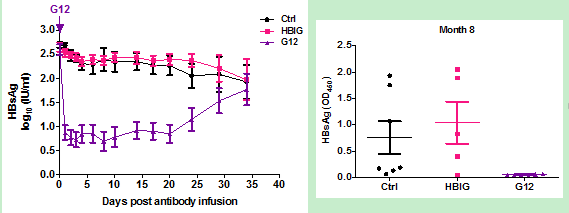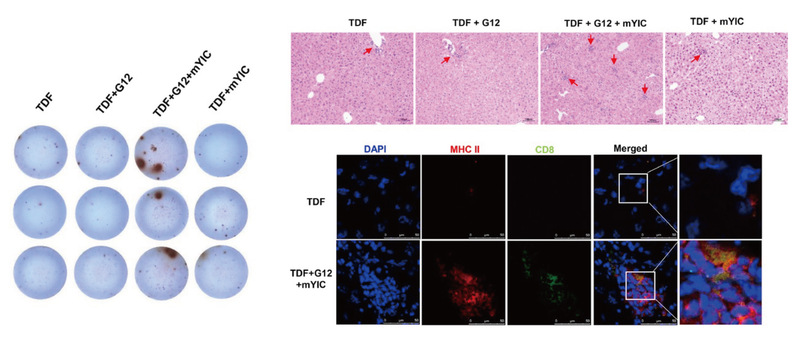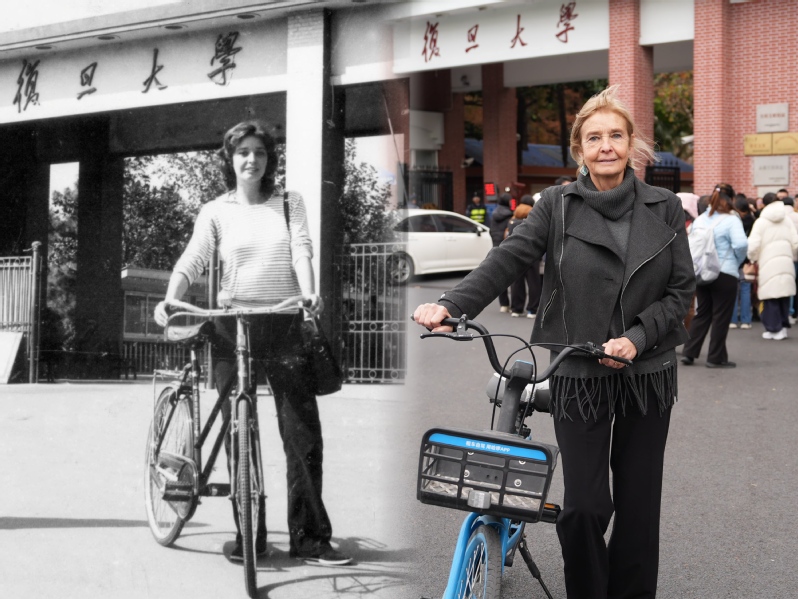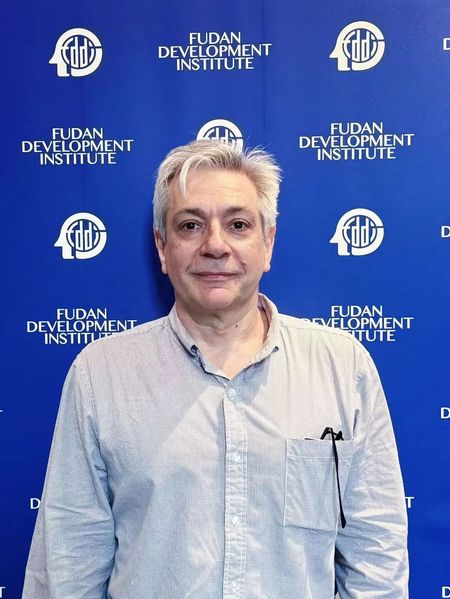Hepatitis B (HB) is one of the most common infectious disease in China. There are around 90 million Chronic Hepatitis B (CHB) patients in China, accounting for 1/3 of the total around the world (260 million). CHB infection is a common cause of liver disease and HBV infection accounts for over 80% of the cases of primary liver cancer in China. However, currently-approved CHB drugs, including the nucleos(t)ide analogues (NAs) and pegylated interferon (PEG-IFN), can only inhibit virus replication rather than clear HBsAg. Thus, the functional care of CHB, characterized by loss and even clearance of HBsAg, is urgently needed.
Three years ago, a potential functional cure of CHB, the “sandwich” therapeutic strategy, was proposed by the Academician Wen Yumei from Key Laboratory of Medical Molecular Virology of Fudan University. “Sandwich” treatment takes effect by using a potent human anti-HBsAg neutralizing monoclonal antibody (G12) in combination with antiviral drug tenofovir disoproxil fumarate (TDF), which brings the transient clearance of serum viral DNA and HBsAg “window stage”. Then, active immunization against hepatitis B virus (HBV) might initiate effective host immune responses versus HBV to achieve functional cure of CHB.
Recently, the lab has proved the feasibility of the “sandwich” therapeutic strategy in the study “Evaluation of antiviral - passive - active immunization (‘sandwich’) therapeutic strategy for functional cure of chronic hepatitis B in mice” published on EBioMedicine. PhD. candidate Shi Bisheng is the first author, with Yuan Zhenghong and Ying Tianlei being the corresponding authors. Researchers from Shanghai Public Health Clinical Center of Fudan University and National Institute for Viral Disease Control and Prevention of Chinese Center for Disease Control and Prevention, have also contributed to the research.
At first, the HDI-HBV mouse model was used to evaluate the reduction of HBsAg by a self-developed potent human anti-HBsAg neutralizing monoclonal antibody (G12). It turned out that a single dose of G12 reduced HBsAg to negligible level for three weeks and three doses (one dose per month) showed synergistic effect in decreasing viral DNA and serum HBsAg load, and could stimulate active immune responses versus HBV. In contrast, the irrelevant human monoclonal antibody (m336) or HBIG, used as a control, did not show an inhibitory effect in the mouse model.

Based on the fact that G12 could clear serum HBsAg rapidly and effectively, researchers further looked into the effect of “sandwich” therapeutic strategy on the mouse model infected with adeno-associated virus (AAV/HBV). Tenofovir disoproxil fumarate (TDF) was given intragastrically throughout the experiment. After 5 days of TDF treatment, mice were sequentially treated with G12 to bring down the serum viral DNA and HBsAg, and injected intraperitoneally with mYIC to activate host immune response. They found that three doses of G12 and mYIC could not only clear serum and liver HBsAg of HDI-HBV carrier mice, but also induce active immunization in bone marrow cells. What’s more, as they studied the immune pathology of post-treatment mice, researchers proved “sandwich” therapeutic strategy effective in terms of initiating active immunization in the liver of HDI-HBV carrier mice.

Key Laboratory of Medical Molecular Virology of Fudan University has been committed to the treatment of CHB. The research shows that the anti-HBsAg neutralizing monoclonal antibody (G12) in combination with antiviral drugs can reduce viral antigens to a negligible level. With the additional help of “sandwich” therapeutic strategy, a functional cure of CHB can be achieved. The research is expected to be verified by clinical trials and benefit patients soon.





